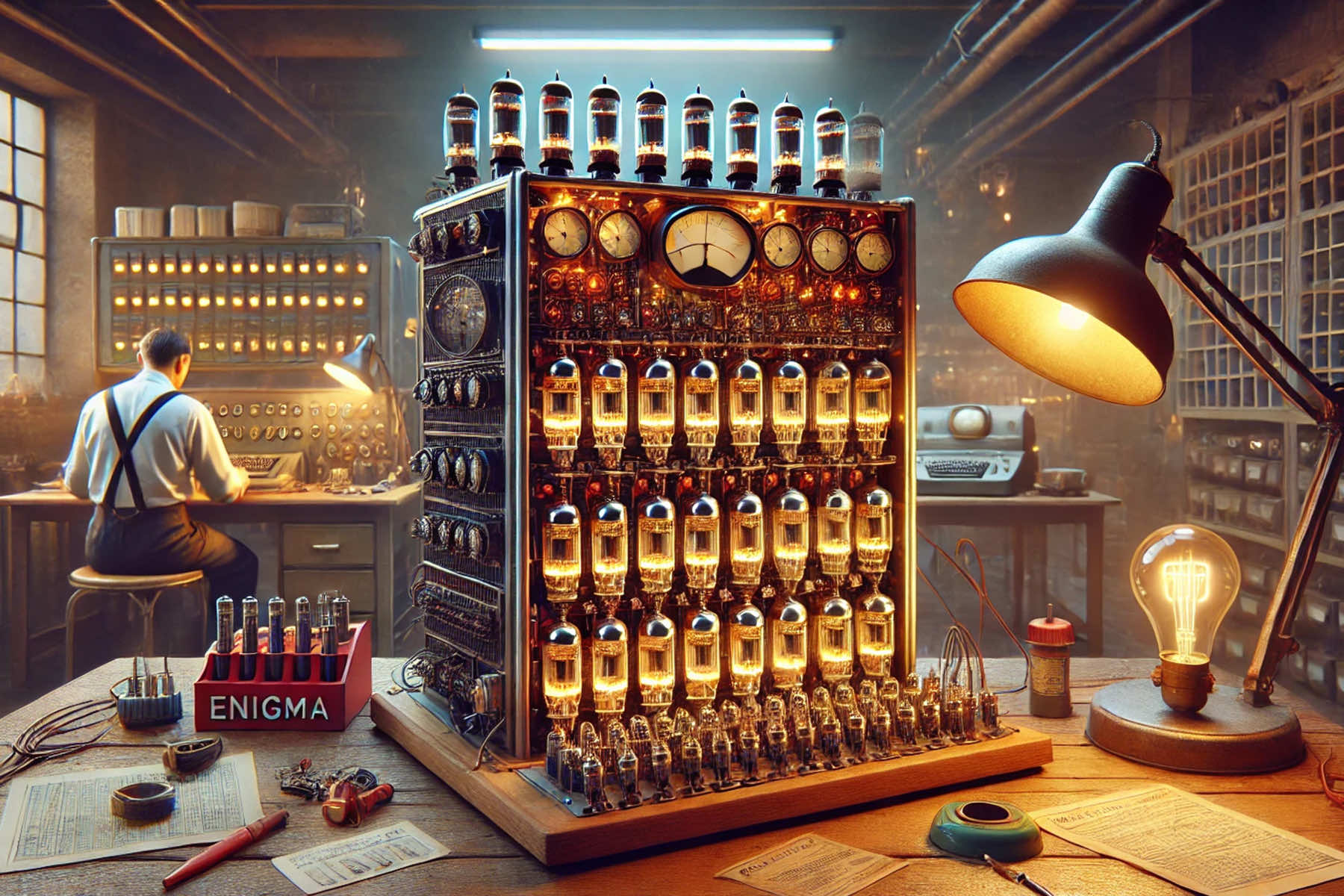The Evolution of AI Perception
I recall the first time I heard the term ‘Artificial Intelligence’ in the early 1980s when personal computers were becoming household items. Back then, ‘AI’ sounded like science fiction, not something we’d interact with daily. Fast-forward to today, and the term is everywhere, often misapplied to any computer program showing minimal adaptability.

Throughout my career, I’ve seen technology evolve significantly. In the 1980s, I experimented with BASIC command-line interfaces, played text-based adventure games, and used rule-based systems that were considered advanced for their time. Today, similar technologies are being relabeled as ‘AI’ despite being based on pre-coded rules and pattern-matching algorithms we’ve been refining for decades.
Redefining ‘AI’: A Historical Perspective
If we apply today’s broad definition of AI to older technologies, several historical examples could be considered ‘AI’:
- Text Adventure Games like ‘Zork’ that used branching logic
- Early spell checkers and grammar checkers that applied pattern matching
- Basic voice command systems like DragonDictate
- Chess programs such as Chessmaster or early Deep Blue versions
- Expert systems designed for narrow tasks using if-then rules
These were once called ‘expert systems’ or ‘smart software,’ not ‘AI.’ The term ‘AI’ carried a more mystical connotation that these technologies didn’t quite reach.

The Consequences of Overhyping AI
The shift in terminology isn’t just nostalgic; it has real-world implications. It creates unrealistic expectations about what ‘AI’ can achieve. Companies claim to use ‘AI’ for revolutionary customer service, but often deliver glorified chatbots that struggle with complex queries. Similarly, ‘AI’ market trend predictions often turn out to be statistical models that can’t outperform human analysts.
My experience with modern generative language models like ChatGPT illustrates this point. While they showed impressive capabilities, they also had significant flaws, including misinformation and inconsistent performance. Using ChatGPT felt like working with an unmotivated intern – occasionally useful but generally disappointing.

Finding Value in ‘AI’ Tools
Despite the hype, tools like ChatGPT have value when viewed realistically. They’re useful for:
- Outlining projects
- Brainstorming ideas
- Summarizing large texts
They can save time and enhance productivity, but require human oversight and verification. The key is managing expectations and understanding their limitations.
The Future of AI: Balancing Hype and Reality
The relentless use of ‘AI’ in marketing threatens to erode public trust. When technology fails to meet sky-high expectations, it leads to disappointment and backlash. Genuine innovation suffers as a result. Progress in technology comes from gradual refinement guided by human insight and honesty, not exaggerated claims.

We should treat these tools as what they are: useful, sometimes frustrating, and works in progress. Whether we call them ‘AI’ or not is less important than maintaining realistic expectations about their capabilities.


